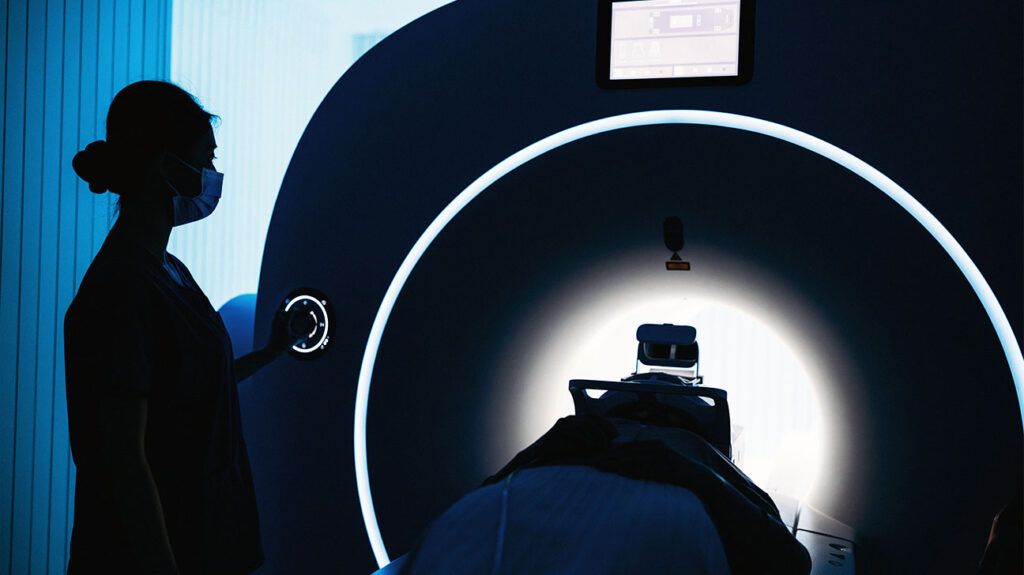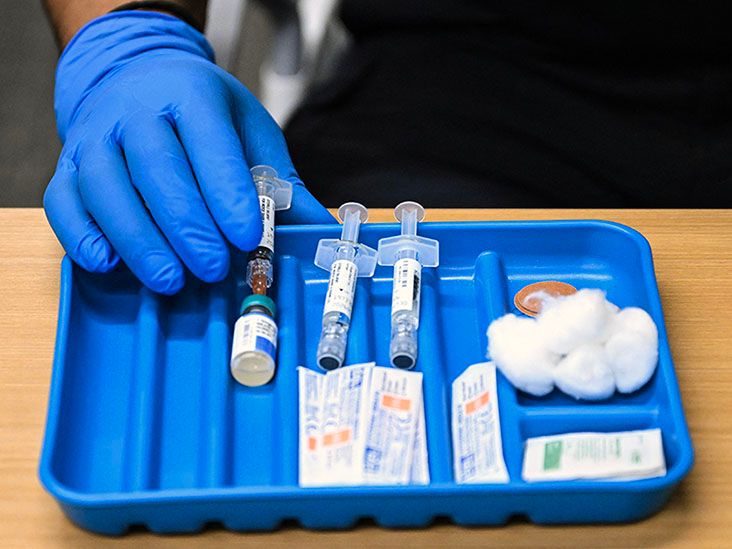Unruptured brain aneurysms rarely cause symptoms. Some may not require treatment, but a doctor may actively monitor them for signs of growth. Others may require surgery to seal the aneurysm and prevent rupturing.
A brain aneurysm is a weak area in a brain artery that may balloon and fill with blood. Aneurysms do not typically cause symptoms unless they rupture. However, large unruptured aneurysms may cause symptoms if they press against brain tissue or nerves.
People should contact a doctor if they experience symptoms of an unruptured aneurysm. Although many brain aneurysms are benign and do not burst, a ruptured aneurysm is a medical emergency.

Someone with a large unruptured brain aneurysm that grows and presses against the nerves and tissue in the brain may experience the following symptoms:
- numbness or weakness on one side of the face
- one-sided facial paralysis
- headaches
- vision changes
- pupil dilation
- pain above and behind the eye
- loss of balance
In a
- fear
- paranoia
- changes in mood
- stress
- anxiety
- symptoms of depression
- changes in personality
- difficulty maintaining relationships
- problems completing tasks
- difficulty concentrating
- reduced ability to learn
- memory problems
Small cerebral aneurysms
However, a doctor may want to monitor the aneurysm with regular imaging tests to check whether it grows or shows signs of rupture.
A doctor may suggest a person makes lifestyle changes to reduce the risk of rupture. These changes may include eating a diet low in saturated fat, maintaining a moderate weight, and stopping smoking, if necessary.
Larger aneurysms may cause unpleasant symptoms, as mentioned above. A large aneurysm may require treatment, such as surgery, to reduce the risk of rupture.
A ruptured brain aneurysm is a medical emergency that
A healthcare professional may discover a small aneurysm during unrelated imaging tests.
If someone has symptoms of an unruptured aneurysm, a doctor may diagnose the condition using the
- assessing symptoms and full medical history
- MRI or CT scan to provide images of the brain
- MRI or CT angiography to provide images of the blood vessels in the brain
- cerebral angiography to help identify weak spots and blockages in the arteries of the neck and brain
- cerebrospinal fluid (CSF) analysis to measure chemicals in the cerebrospinal fluid and detect bleeding around the brain
Not all unruptured aneurysms require treatment. Doctors
Some treatments
Treatment may involve surgery to prevent the aneurysm from rupturing. Common types of surgery for this purpose include:
- Neurosurgical clipping: In this procedure, a surgeon makes an incision into the scalp or above the eyebrow and removes a small area of bone. They locate the aneurysm and permanently seal it shut with a small metal clip.
- Endovascular coiling: During this procedure, a surgeon guides a thin catheter to the aneurysm through an artery in the groin or leg. They pass small platinum coils through the catheter into the aneurysm, which seals it off from the main artery.
- Flow diversion devices: To perform this surgery, a surgeon places a small flexible tube called a stent into the artery to reduce blood flow to the aneurysm. Doctors will
usuallyTrusted Source opt for this procedure to treat large aneurysms that they cannot treat with clipping or coiling.
The most severe complication of a brain aneurysm is rupture. A ruptured aneurysm
- Subarachnoid hemorrhage: Bleeding into the space between the skull and the brain.
- Intracerebral hemorrhage: Bleeding into the brain tissue.
A hemorrhagic stroke can cause brain damage, which can lead to severe, life threatening complications. Other potential complications of a ruptured brain aneurysm include:
- Seizures: Seizures from aneurysm bleeding can occur at the same time as the rupture or afterward. Without treatment, seizures can lead to brain damage.
- Vasospasm: Vasospasm is a contraction of the arteries in the brain. This can limit blood flow to areas of the brain, which can lead to stroke.
- Rebleeding: A ruptured aneurysm may rupture again, potentially leading to further bleeding, brain damage, or even death.
- Hydrocephalus: A subarachnoid hemorrhage may lead to hydrocephalus (a buildup of CSF in the brain). The pressure of this buildup can cause brain damage, which may be fatal.
- Sodium level changes: Bleeding in the brain can cause sodium levels in the body to change. This can cause brain cells to swell, which can lead to brain damage.
The outlook for a person with a brain aneurysm may depend on the aneurysm’s progression and whether it remains unruptured.
Unruptured brain aneurysms do not typically cause symptoms. A brain aneurysm that does not rupture or cause symptoms may not require treatment beyond monitoring.
According to the Brain Aneurysm Foundation, 50 to 80% of brain aneurysms do not rupture.
However, the outlook for ruptured brain aneurysms is typically unfavorable. A ruptured brain aneurysm may be fatal within 24 hours in around
People should contact a doctor if they experience symptoms of a brain aneurysm, as doctors may be able to prevent or lower the risk of rupture.
A ruptured brain aneurysm is a medical emergency. A person should call 911 immediately if they or someone else experiences the following symptoms:
- sudden, severe headache
- nausea
- vomiting
- blurred or double vision
- light sensitivity
- neck pain or stiffness
- seizures
- sudden confusion
- loss of consciousness
- weakness on one side of the body
Can people live a long life with an unruptured brain aneurysm?
What should someone avoid if they have a brain aneurysm?
Various risk factors
Someone with a brain aneurysm should avoid smoking and stimulant drugs, such as cocaine, to reduce the risk of rupture. They should also take steps to manage their blood pressure levels.
How fast do brain aneurysms grow?
A
Doctors
An unruptured brain aneurysm may not cause symptoms or complications. However, a doctor may want to monitor the aneurysm for signs of growth.
A doctor may suggest treatment to prevent a rupture, which typically involves surgery to seal the aneurysm.
A ruptured brain aneurysm is a medical emergency with a high mortality rate. People should urgently seek emergency medical care if they experience symptoms of a ruptured aneurysm.


